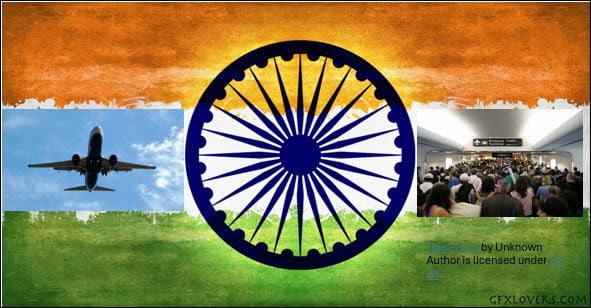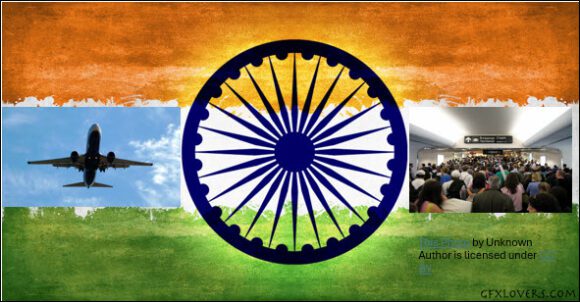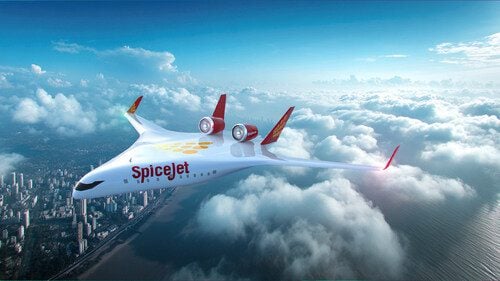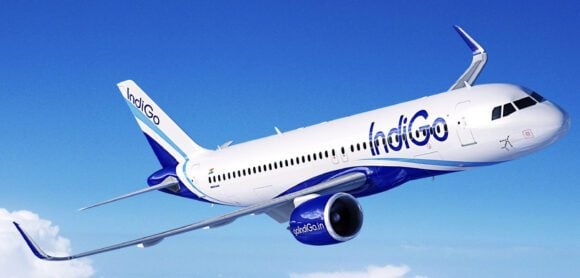
Indian aviation
Indian aviation is unusual globally: one airline posts nearly a billion dollars in profit, while most of the rest together lose more than one and a half times that in the same fiscal year. We have been watching this conundrum for some time.
Official data released in Parliament last week showed IndiGo posting a profit of $915 million in FY 2024-25. In comparison, the Air India group reported a loss of $1.15 billion, Akasa Air lost $239 million, and SpiceJet was down $7 million.
Debt levels across the sector remain heavy: IndiGo at around $8 billion (much of it lease liabilities), Air India at $3.2 billion, Air India Express at $74 million, SpiceJet at $107 million, and Akasa Air at $9.5 million.
Yet cash positions tell a very different story. IndiGo ended June with about $2.3 billion in free cash and nearly $2.9 billion in total cash, giving it a critical liquidity buffer. Air India benefits from Tata and Singapore Airlines’ backing; Akasa recently raised ~$125 million, while SpiceJet’s liquidity remains tight.
Aviation professionals called this divergence a “rare global anomaly.” One executive noted that in most markets, full-service carriers dominate profits while low-cost rivals struggle on thin margins. India has turned that pattern upside down—IndiGo, a budget airline trying to become full-service now, is raking in record profits. In contrast, its full-service rival Air India struggles with losses.
“Baffling,” a pilot remarked on social media, “how AI is making losses despite good loads, better exposure to international routes and high-ticket prices!!”
The puzzle is sharper because these numbers predate the June air crash. Fuel prices were low, demand was strong, and Air India had the added advantage of overflying Russia on US nonstops.
While Air India has not commented on the FY25 losses, Akasa CFO Ankur Goel stressed that despite improved unit-level cost and revenue metrics, FY25 losses widened, but argued that as the airline scales, margin growth will outpace cost growth, leading to eventual profitability.
Some officials suggested Air India’s losses stem partly from the costly merger of its group airlines and the heavy bill for cabin refurbishments under an ongoing turnaround plan. Akasa, they said, has grappled with fast growth, under-utilisation, and a bloated pilot workforce.
Unfortunately, unlike the relatively calm previous fiscal year, FY26 has been marked by turbulence. India-Pakistan military clashes and the Air India crash have dented sentiment, weakening the outlook.
In an August 21 note, Crisil, an Indian analytics and research firm owned by S&P Global, said the domestic airline industry— that includes IndiGo, Air India, and SpiceJet—will see operating profit moderate 11–14% to about $2.4–2.5 billion this fiscal, down from nearly $2.8 billion last year, due to muted Q1 demand and expected yield decline.
Passenger traffic growth has already slowed to 5.2% year-on-year in Q1, compared with 7.1% a year earlier, though full-year growth is expected to return to 7–9%, in line with last year’s 8.1%.
A planned gross addition of 50-60 aircraft this year will likely push up debt (including lease liabilities), Crisil added. However, the medium-term credit outlook remains stable thanks to expected passenger rebound and moderating fuel and grounding-related costs.
Still, Air India remains most exposed, hit not only by sentiment but also by rerouting its long-haul network around Pakistan due to an ongoing airspace ban. At the same time, foreign rivals continue direct flights on the same routes. The airline earlier estimated this alone could cost $600 million annually.
IndiGo’s first steps into long-haul operations, including to Amsterdam, London, Manchester, etc., will also be closely watched, as such routes are far riskier than its tried-and-tested narrowbody model.
The 30-plane Akasa, which is expected to grow at around 25-30% this year, is expected to remain loss-making, with the scale of losses under scrutiny. SpiceJet, which has lost market share heavily, has disclosed plans to wet lease about a dozen aircraft to remain relevant.
By next summer, when Parliament reviews the next set of results, all eyes will be on whether IndiGo continues its solo flight at the front, or if its rivals have finally caught up on the tarmac.
Views: 446



